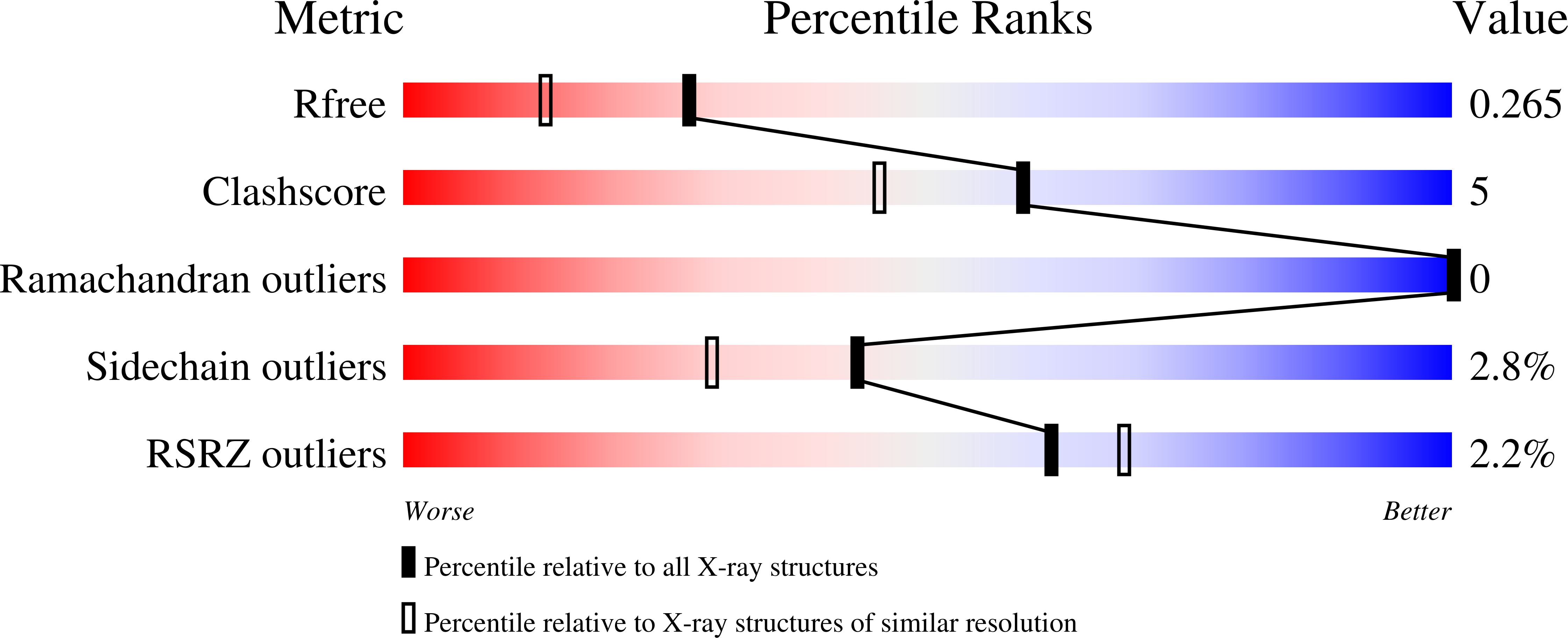
Deposition Date
2020-05-19
Release Date
2021-05-26
Last Version Date
2023-10-18
Entry Detail
PDB ID:
6X1J
Keywords:
Title:
The homing endonuclease I-WcaI bound to its DNA recognition sequence
Biological Source:
Source Organism:
Wickerhamomyces canadensis (Taxon ID: 1156965)
Host Organism:
Method Details:
Experimental Method:
Resolution:
1.95 Å
R-Value Free:
0.26
R-Value Work:
0.22
R-Value Observed:
0.22
Space Group:
P 1 2 1


